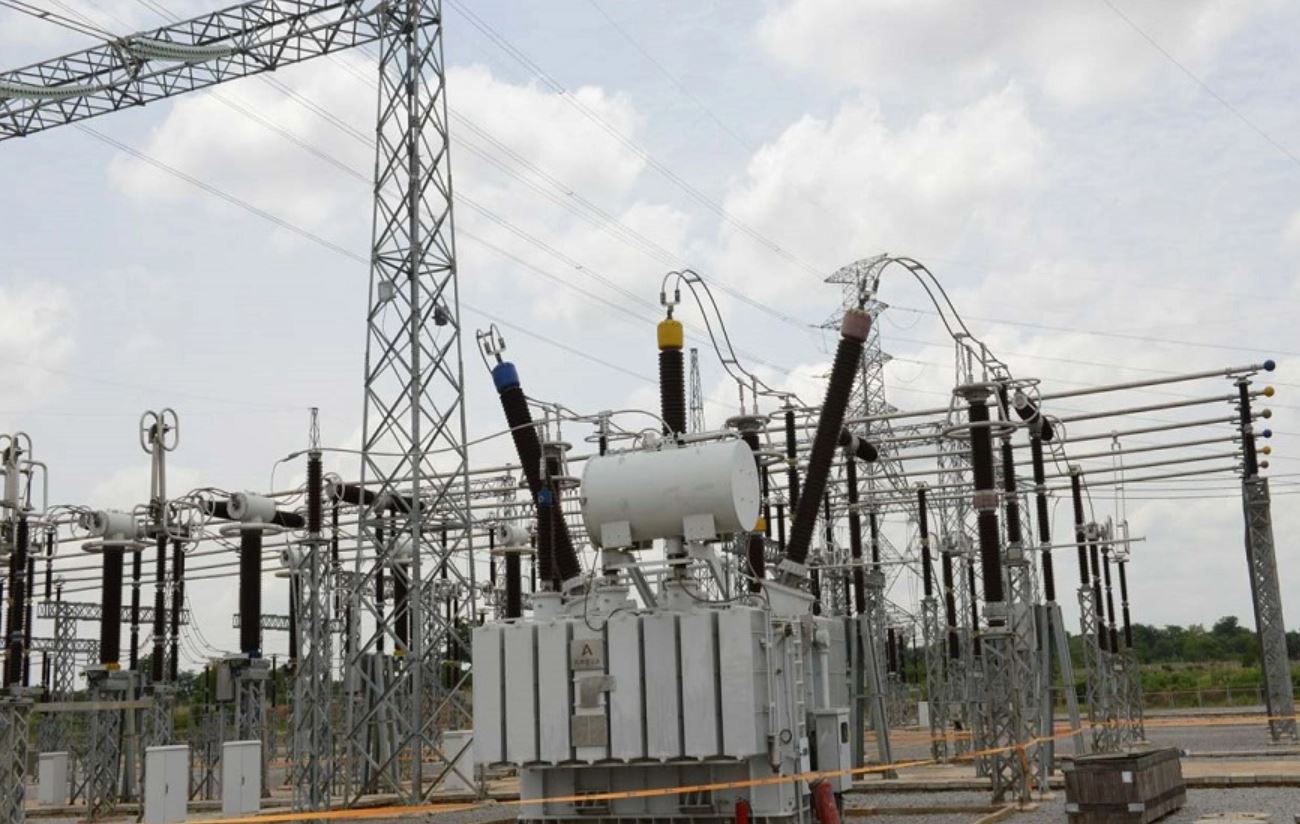Experts in the energy sector have revealed that the skyrocketing fuel prices, inflation and other Macro-Economic Factors in Uganda are most likely to lead to an increase in the cost of electricity.
This is mainly because fuel is used in the generation of thermal electricity as opposed to hydroelectricity which is generated from water.
The experts in the sector contend that the increase in the price of crude oil on the international market almost tripled, which resulted into a global increase in fuel prices, which has in turn hiked the cost of producing thermal electricity.
The International Fuel Prices for crude oil for August 2022 was recorded at US$117.72 per barrel compared to US$80.37 per barrel used in the determination of the 2022 Annual Base Tariffs, which represents an increase in the International Fuel Prices by 46.47% from the base period.
As a result of this, regulators in the sector are mulling over reviewing electricity tariffs for the last quarter of the starting October and ending in December 2022, due to changes in Macro Economic Factors, which have led to an increase in the cost of production and generation of power.
Following this development, concerned stakeholders in the energy sector have since undertaken a Tariff Review of the Fourth Quarter of 2022, considering Umeme Limited Distribution and Supply of Electricity Licenses, Eskom Uganda Limited License for Generation and Sale of Electricity, the Bulk Power License to Uganda Transmission Company and the Quarterly Tariff Adjustment Methodology, 2014.
After the Tariff Review, credible sources reveal that the stakeholders and regulators in the sector have been left with no choice but to revise the electricity tariffs, considered changes in the following Macro-economic Factors;
i) Inflation Rate leading to Inflationary Adjustment Factor (ITAF)
ii) Exchange Rate leading to Exchange Rate Adjustment Factor (FERAF)
iii) Fuel Prices at the International Market leading to Fuel Price Adjustment Factor (FPAF), and
iv) Energy Mix and other costs approved by Authority Adjustment Factor (EMAF)
The Tariff Review was reached at after the stakeholders in the energy sector observed continued adverse movement in the Macro-economic factors affecting the financial sustainability of the Electricity Supply Industry as indicated below:
i) Over the last three months, the Uganda Shillings has continued to come under intense depreciation pressure against the US Dollar.
The Uganda Shilling depreciated against the United States Dollar from Ush/USD 3,564.09 used in determination of the 2022 Annual Base Tariff, to Ushs/USD 3,810.7 as at 31st August, which represents a depreciation of 6.92%.
ii) The Core Consumer Price Index (CPI) increased from 115.35 as reported by the Uganda Bureau of Statics for November 2021 to 122.87 for August 2022, representing a 6.52% movement in Inflation.
iii) The International Fuel Prices for crude oil for August 2022 was recorded at US$117.72 per barrel compared to US$80.37 per barrel used in the determination of the 2022 Annual Base Tariffs, which represents an increase in the International Fuel Prices by 46.47% from the base period.
iv) The energy purchases by Uganda Electricity Transmission Company Limited (UETCL) for Q3 2022 is 1,371.98 GWh.
[pdf-embedder url=”https://thecapitaltimes.co.ug/wp-content/uploads/2022/10/Macroeconomic-Parameters-Used-in-Determination-of-2022-.pdf”]
However, during the third quarter of 2022, there was increased dispatch of the thermal generation, reduction in generation by Isimba Hydro Power Plant, and reduction in generation by Mini-hydro Plants.
The inflation of the shilling against the dollar has since translated into an increase in the generation and supply of electricity because it led to an increase in fuel prices and costs of production especially because fuel and generation equipment is bought in dollars on the international market, not shillings.
In line with the Quarterly Tariff Adjustment Methodology that was approved by ERA in 2014, the Authority sets out an Annual Base Tariff at the beginning of each calendar year.
The Base Tariff is adjusted by ERA on a Quarterly basis to provide for changes in the Macro-Economic factors, namely: the Consumer Price Index, the Exchange rate of the Uganda Shilling against the United States Dollar, International Fuel Prices, and the Energy Generation Mix (from the assumptions used in the determination of the 2022 Base Tariffs).
![]()




























